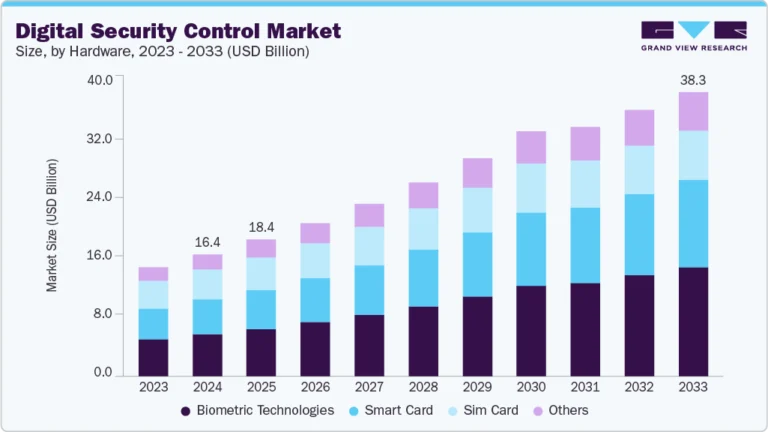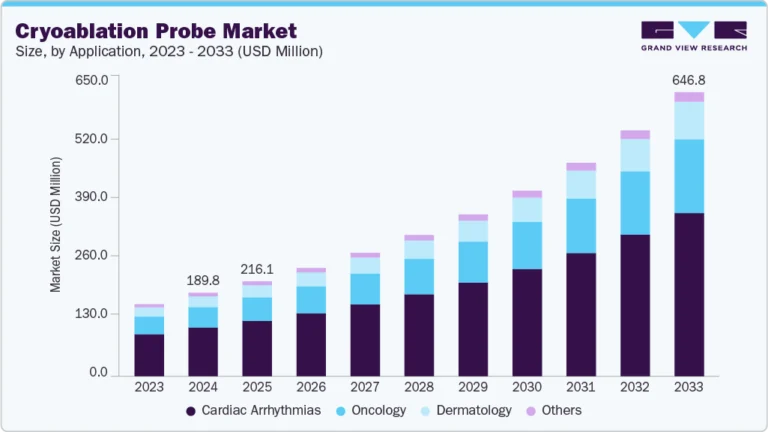Next Generation OSS And BSS Market Size, Share & Trends Analysis growing at a CAGR of 13.3% from 2024 to 2030

The global Next Generation OSS and BSS Market size was estimated at USD 57.45 billion in 2023 and is anticipated to reach USD 132.43 billion by 2030, growing at a CAGR of 13.3% from 2024 to 2030. Telecommunication companies constantly require real-time billing and revenue management, which is possible by deploying advanced OSS and BSS solutions.
Key Market Trends & Insights
- North America accounted for the largest revenue share of 39.7% of the global market in 2023.
- The U.S. next generation OSS and BSS market accounted for the largest revenue share in the region in 2023.
- By architecture, the service assurance segment accounted for the largest revenue share of 24.7% in 2023.
- By network, the fixed and wireless segment accounted for the largest market revenue share in 2023.
Market Size & Forecast
- 2023 Market Size: USD 57.45 Billion
- 2030 Projected Market Size: USD 132.43 Billion
- CAGR (2024-2030): 13.3%
- North America: Largest market in 2023
- Asia Pacific: Fastest growing market
Request a free sample copy or view report summary: https://www.grandviewresearch.com/industry-analysis/next-generation-oss-bss-market/request/rs1
Communication Service Providers (CSPs) also measure customer experience and predict customer churn using next-generation OSS and BSS. OSS (operational support systems) help telecom companies oversee critical operational functions, including network inventory, fault management, network planning, and service assurance. On the other hand, BSS (business support systems) aid organizations in seamlessly conducting business- and customer-focused duties such as billing, service fulfillment, customer orders, and revenue management, among others. As a result, these solutions transform the overall performance of CSPs and enhance their growth, driving their demand.
CSPs are increasingly adopting digital technologies to enhance their operational efficiency, customer experience, and business agility. By leveraging advanced analytics, artificial intelligence (AI), and machine learning (ML), these enterprises can automate processes, predict network issues, and offer personalized services to customers. This shift towards digitalization necessitates robust OSS and BSS solutions supporting such advanced capabilities, driving market expansion. The modernization of Operations Support System (OSS) involves integrating advanced technologies to automate key workflows and leverage artificial intelligence (AI) for operations, thus improving efficiency and service quality. By automating routine tasks and processes, CSPs reduce manual interventions, minimize errors, and accelerate service delivery. For instance, in June 2024, Prodapt launched the TechCo Toolkit, integrated with ServiceNow. The solution aims to enable service providers to modernize their OSS, expedite service activation, automate critical workflows, and utilize AI for operations.
In the telecommunications sector, strategic partnerships among companies are becoming increasingly essential to address the complexities of modern networks and enhance service delivery. For instance, in April 2024, Optiva and GDi collaborated to offer pre-integrated and tested OSS and BSS software to CSPs. This collaboration aims to deliver new services for joint clients and optimize the advancement and modernization of OSS and BSS systems to match customer expectations and enhance operational efficiencies. Such partnerships enable companies to pool resources, share expertise, and co-develop advanced technologies, thereby driving the evolution of next-generation OSS and BSS solutions in the market.
CSPs face intense competition from traditional telecom operators and new entrants such as over-the-top (OTT) service providers. To stay competitive, CSPs need to keep innovating their offerings and ensure superior quality of services, which highlights the importance of advanced OSS and BSS solutions. These systems enable CSPs to optimize network performance, launch new services quickly, and provide differentiated customer experiences, allowing them to maintain a competitive edge. Thus, growing competition in the telecommunications industry is anticipated to remain a major driver for the next-generation OSS and BSS market in the coming years.
Architecture Insights
The service assurance segment accounted for the largest revenue share of 24.7% in 2023. Consumers demand high-quality, uninterrupted services and personalized experiences. This drives the need for advanced service assurance in OSS and BSS architectures. CSPs ensure that their services are consistently delivered at high standards, which requires continuous monitoring, proactive issue resolution, and real-time performance management. Enhanced service assurance capabilities aid CSPs in minimizing downtime, quickly addressing service degradation, and enhancing customer satisfaction, which is essential in the increasingly competitive industry. For instance, at the Mobile World Congress 2024 event in Barcelona, Ericsson launched a range of solutions to enable CSPs to utilize the potential of 5G and 5G standalone networks for critical applications. These solutions include the Ericsson Service Orchestration and Assurance Product and the Ericsson Dynamic Network Slicing solution.
The account management segment is expected to witness the fastest CAGR over the forecast period. As CSPs strive to offer increasingly complex services, advanced pricing models, and real-time usage-based billing, robust account management systems have become essential to accurately track and manage customer accounts. These systems ensure timely and accurate billing, reduce revenue losses for companies, and improve their financial management. Real-time account management capabilities enable CSPs to adapt quickly to market changes and offer flexible billing options, enhancing customer satisfaction and competitive advantage.






